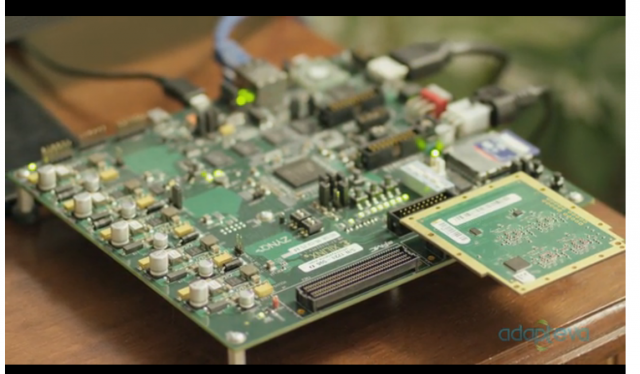There are games that have cult followings and then there is Chrono Trigger. In a class by itself, this game has sold more copies on different systems than pretty much any other game that was released during its time. Able to stand the test of time and ports to different systems, the game still lives on and can now be played right on your Android device.
This particular port is the one from the Nintendo DS a few years ago, which means this game includes 2 additional areas: The Dimensional Vortex and The Lost Sanctum. The game has been optimized for Android so you can expect a smooth playing experience even if the game is almost 20 years old. If you’re a fan of the series you will definitely want to check this classic in the link below, if you can stomach the price.
Play Link ($9.99)
Click here to view the embedded video.
from Droid Life


